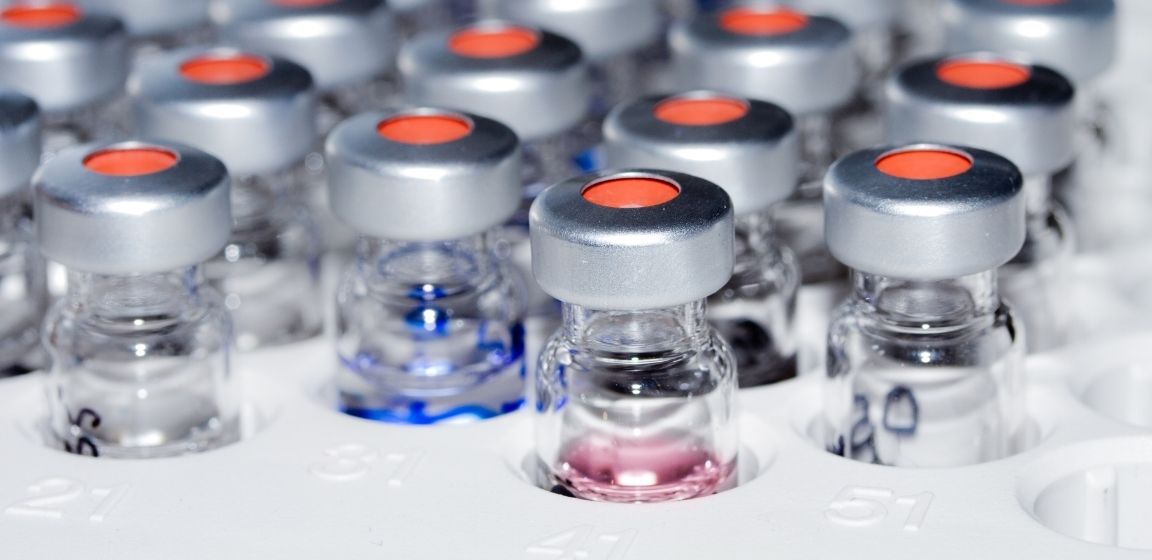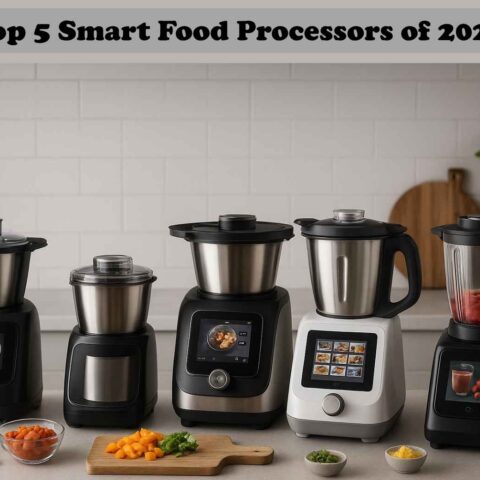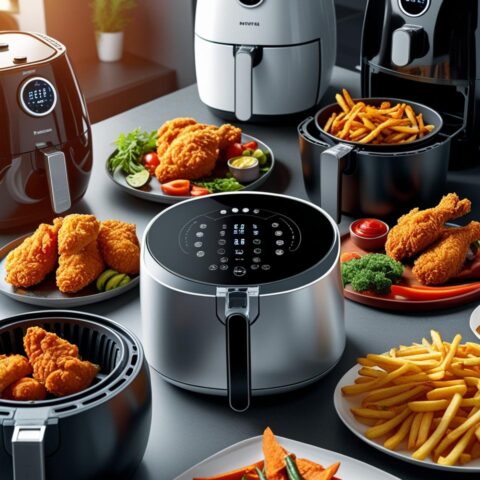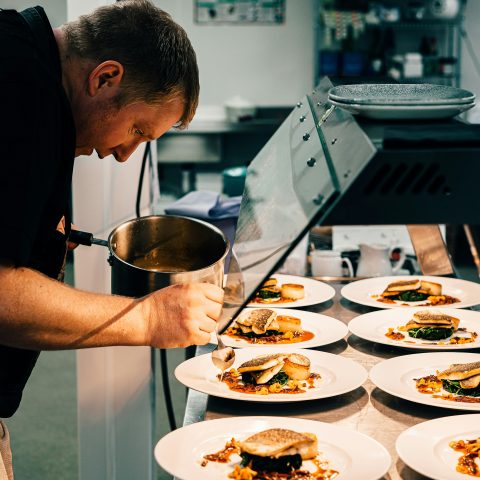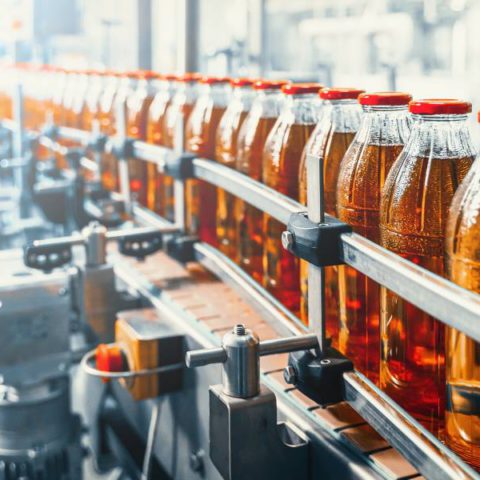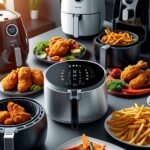Toxic chemical residues that can pose a risk to humans appear in animal products such as meat, eggs, and milk, so government agencies set limits on the amount that can be present in these products before they can be sold for human consumption. Each country stipulates what it believes is an acceptable level of chemicals and requires companies to list their ingredients. But how do the makers of various foods and beverages know what their foods consist of? The answer is high-pressure liquid chromatography (HPLC). Find out how HPLC benefits the food industry and keeps toxins out of our food supply.
Testing Food Samples with HPLC
High-pressure liquid chromatography (HPLC) is becoming a popular technology to detect and quantify food analytes. Pesticides regularly get into food while growing due to the chemicals used to keep vegetation alive in large fields. Many of these chemicals are not safe for human consumption, and it’s important to detect and extract them from some foods if they populate in high concentrations.
You can also use HPLC to test nutritional composition. Scientists utilize this method to detect additives like preservatives, antioxidants, artificial sweeteners, and acidulants. With the aid of co-analytical procedures, scientists can also determine the percentages of these composites.
Analyzing Food Samples with HPLC
To analyze food samples using HPLC, you mix your sample with a solvent and then send that mixture through stationary and mobile phases that sort the components of the mixture. The solvent goes through columns using various types of pumps for HPLC, leaving the divided solutions in plates to analyze.
You can use HPLC to perform a sugar profile analysis, which allows you to determine if a product consists of glucose, fructose, lactose, et al. You can also perform vitamin quantification on a solution to figure out which vitamins are present in something—from Vitamin A to folic acid. The benefits chromatography has had on the food industry are its aid in the detection of mycotoxins. Scientists have been using this method to quantify aflatoxin and other toxins.
Keeping your food safe is a top priority for many scientists throughout the world. It is truly incredible how HPLC benefits the food industry in so many ways. Something as simple as a delicious bite of food is made safe by the latest advances in technology.

